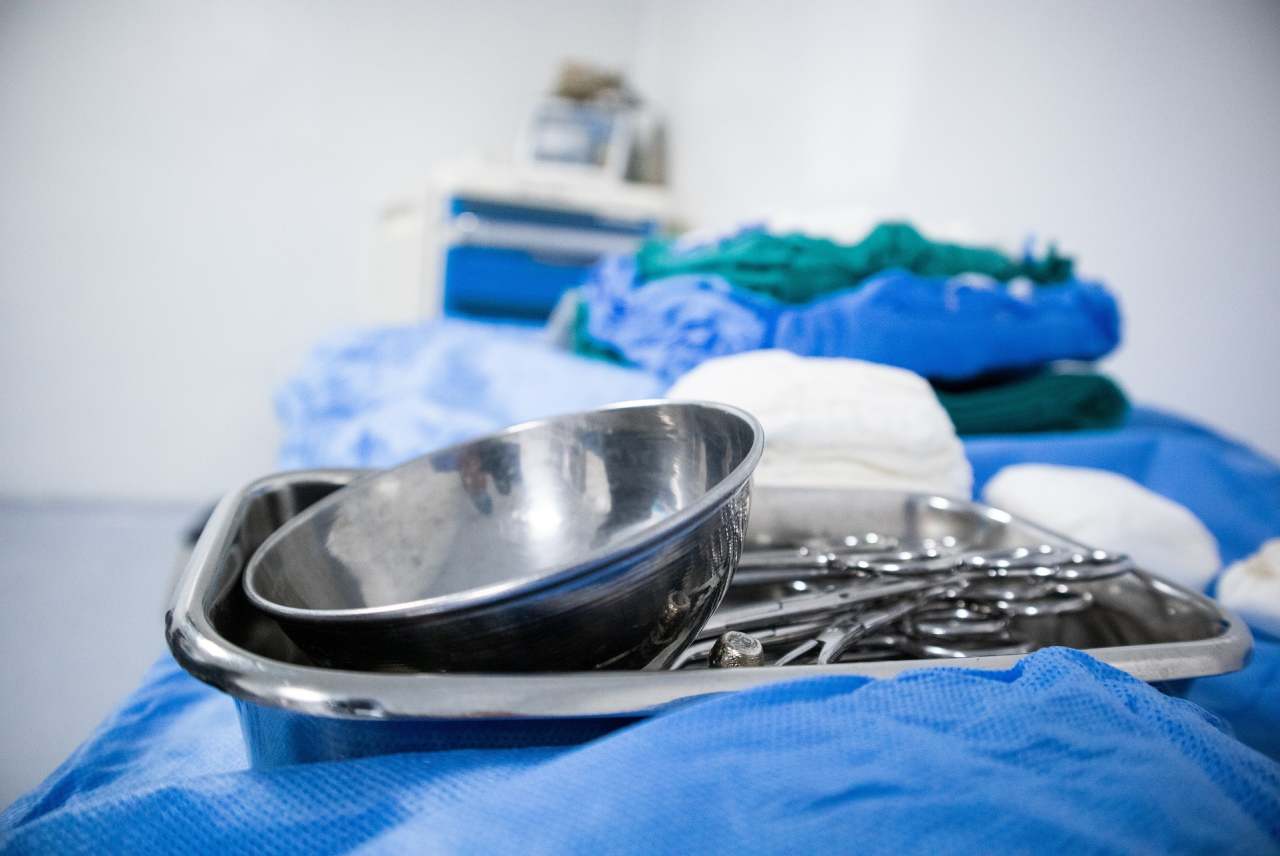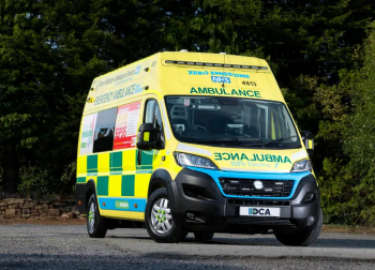"The evidence that the climate emergency is a health emergency is overwhelming, with health professionals already needing to manage its symptoms,” so states Dr Nick Watts from NHS England.
With the climate crisis inexorably intensifying, NHS England is now responding by making a groundbreaking commitment to become carbon net zero by 2040, the first healthcare service in the world to make such a pledge.
And in another world first, this summer NHS England became the first healthcare service to embed net zero into legislation through the Health and Care Act 2022.
Every NHS Trust in England now has an environmental and carbon-reduction plan in place representing 212 NHS Trusts covering more than 1,000 hospitals and healthcare facilities.
As NHS England’s Chief Sustainability Officer, Dr Watts is now overseeing a pioneering programme of carbon-cutting initiatives involving all NHS staff from clinicians to technicians and cleaners to chefs.
“Everyone who works in healthcare has a responsibility to take action on the health emergency posed by climate change,” says Dr Watts.
The NHS is a massive organisation and the scale of its carbon emissions is huge with estimates suggesting that it contributes around 6% of the UK’s total annual carbon budget.







